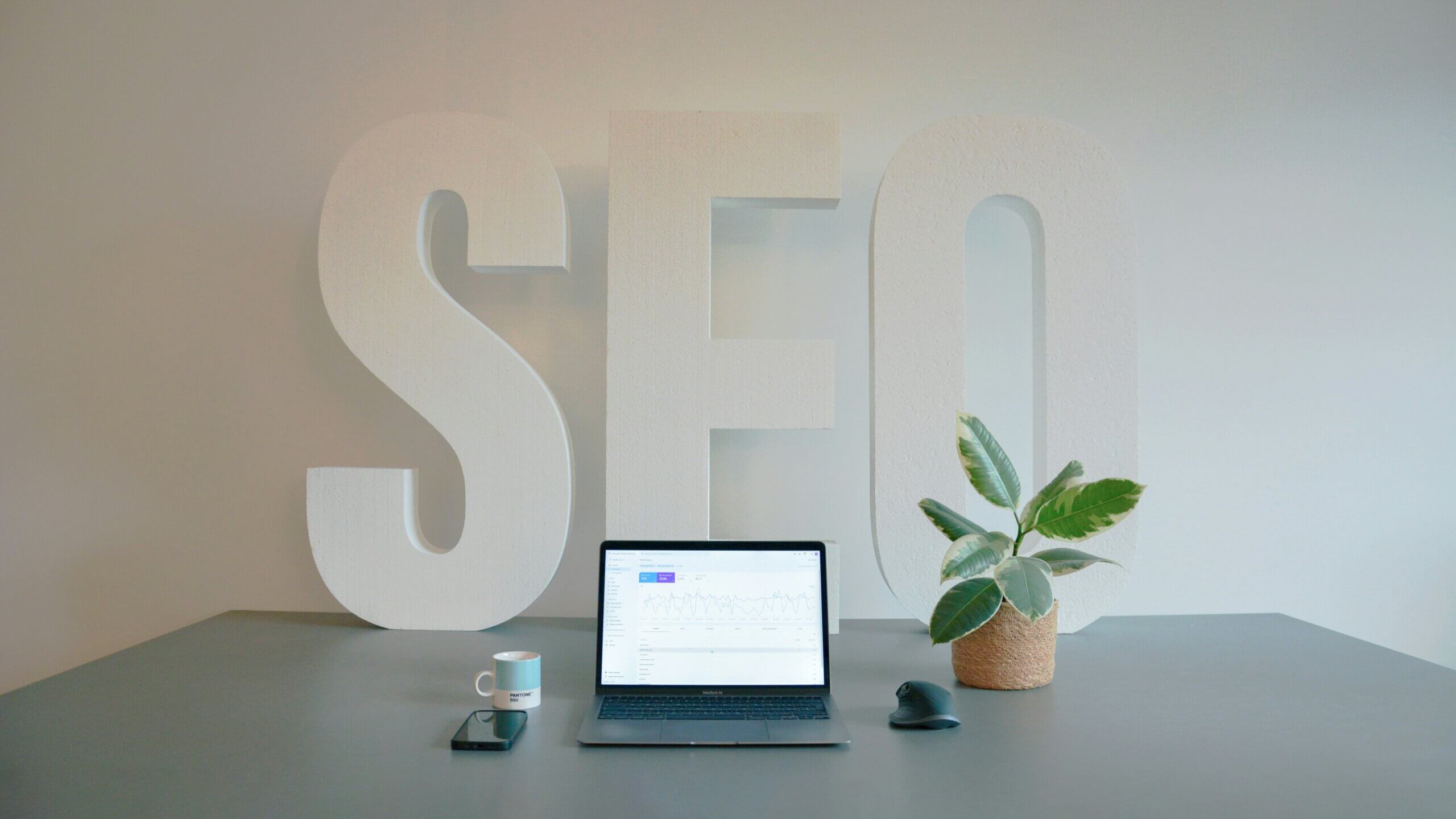
Eleanor Hecks
Founder & Managing Editor - Designerly Magazine
04.05.2022
Brand identity is extremely important.
If you focus solely on building your name and forget to worry about the user experience (UX), you’re missing the point. You want an identity that people sit up and take notice of. You want your customers to shout your praises and how much they love your company to everyone they know and then some.
Figuring out the balance between UX and brand identity requires a bit of finesse. You have to ensure people can easily use your site, but you also must put your business personality at the forefront.
What Is Brand Identity In UX?
According to LawnStarter, there are around 33.2 million small businesses in America. The only way to stand out is to develop a brand identity, but how you present yourself to the public can change over time.
How others perceive you can evolve based on your brand’s UX. Fortunately, you can do many things to improve your UX and make a better first impression.
6 Easy Ways To Enhance Your Brand Identity With Good UX
1. Understand your brand
It’s hard to send a message about who you are as a brand if you don’t know. Take time to think through the reasons you started your business in the first place. What face do you wish to present to the world? What’s most important to you?
When you know who you are as a brand and what you want the world to say about you, create a persona that shows off your company’s personality and value. Then, define your tone of voice and start building corporate branding.
2. Segment your audience
You need to divide your customers into specific groups based on their buyer personas to create an excellent user experience. Knowing how to best segment your audience requires digging deep into your internal analytics and adding supporting evidence.
Did you know around 95% of new product launches fail each year? What if you could ensure the right product got in front of the ideal customers in the best way? Audience segmentation allows you to do that and not waste time, effort, or money advertising to people who aren’t interested in what you offer.
3. Ramp up user engagement
You might have the slickest site, the best UX elements, and the most amazing product, but if your users don’t feel engaged, you’re wasting your time. Part of excellent UX ensures that those who visit your site feel moved to take the next step.
Look at the buyer’s journey on your site. How does your page flow from when the person lands on it to when they convert into a lead? Are the next steps clear? Does everything load quickly? Are you infusing each point with your personality and style?
4. Improve aesthetics
First impressions matter, and how your site looks impacts the overall user experience. Around 75% of site visitors judge a page by the way it looks. Try cutting the clutter, ensuring you stick to a single color palette and using highly relevant and beautiful photos. Such actions also improve UX.
Understanding site layout basics, such as when to use or not use a grid, helps improve the look and function of your site as well.
5. Share your brand promise
Use one of your headlines to share your brand promise with users. What is the guarantee you give to your customers? Think about the unique value you bring to the table that competitors don’t have. Why should someone choose to buy from you versus the other brand?
Some examples of brand promises include Geico’s “15 minutes to save 15% or more on insurance” and Walmart’s “Save money. Live better.” What do you bring to the table? Narrow it down to a headline and you have your brand promise, which you should share on your site and any marketing materials you release.
6. Know your brand attributes
Spend time connecting your brand’s attributes to your design. For example, Disney tries to bring forth a magical, playful vibe, so it’s made it fun to navigate its website. You can click on boxes to find out about Disney Park Classics, Space Adventures, Live Shows and Music, and learn What’s New at the parks.
Each category offers a simple look at a bigger picture that also ties back to one or more brand attributes. Your site’s categories and layout are just one more way to connect with your identity as a company and show off your unique persona.
Conclusion
Your identity will naturally morph as your brand grows, and your customers may drive some of these changes. Don’t be afraid to revisit your website’s design frequently and change things to match your current situation. You risk a site that doesn’t fully reflect where your company is at the moment if you aren’t adapting along the way. Frequent updates are a must to ensure UX works alongside brand identity.
Author Bio

Eleanor is the founder and managing editor of Designerly Magazine. She’s also a web design consultant with a focus on customer experience and user interface. She lives in Philadelphia with her husband and dogs, Bear and Lucy. Connect with her about marketing, design and/or tea on LinkedIn or Twitter!





